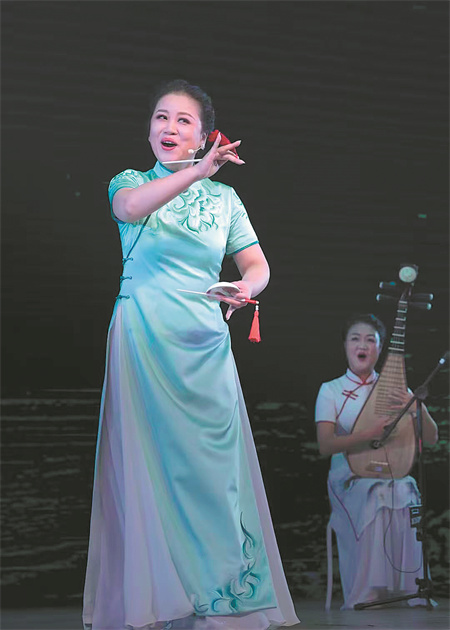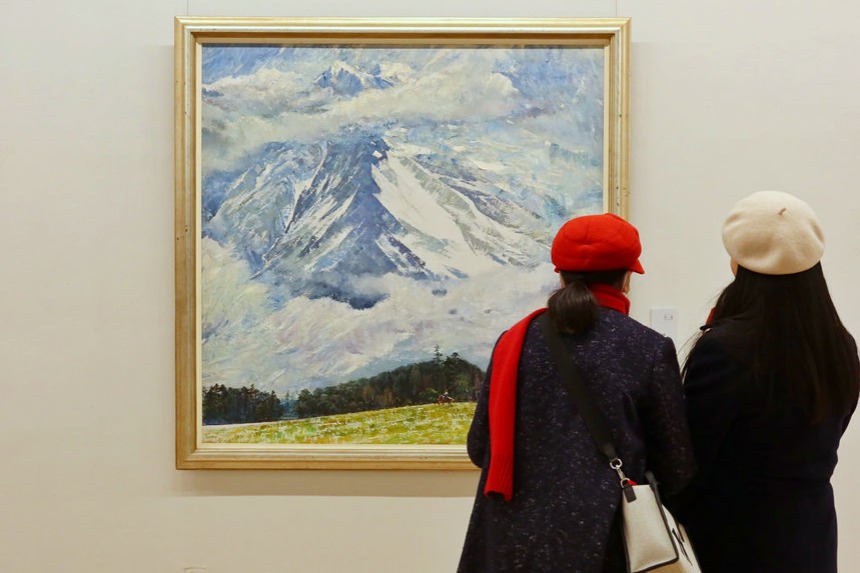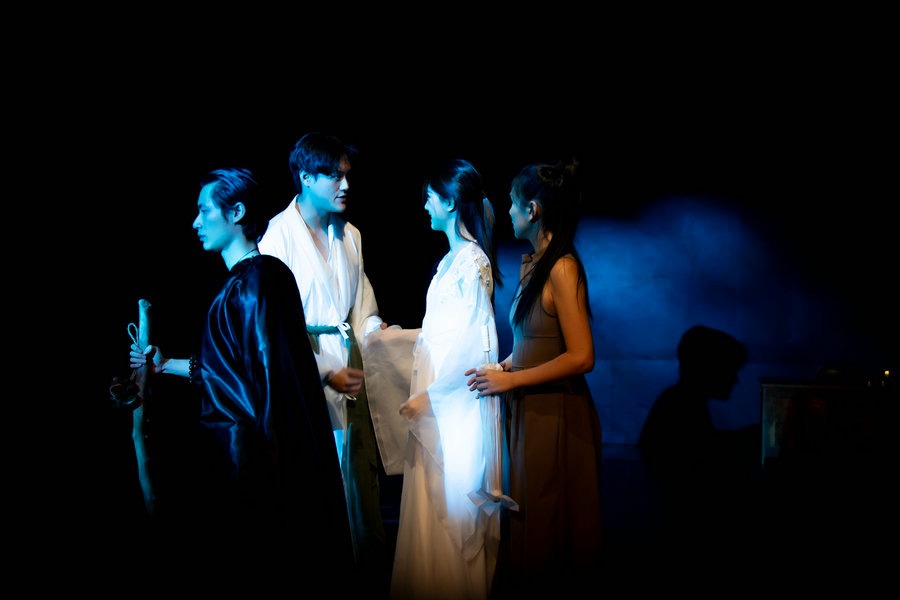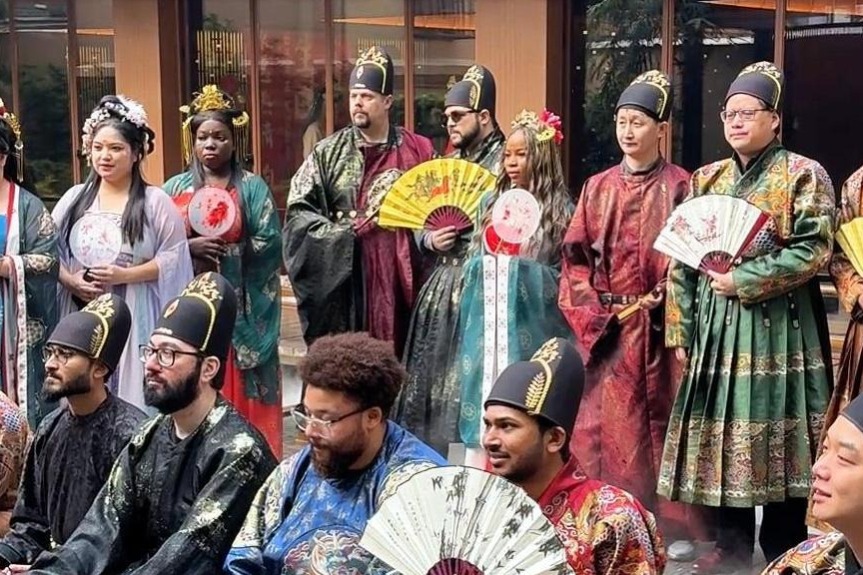Preserving the sound of silk strings
Generations of performers dedicate themselves to keeping intricate folk art form alive, Chen Nan reports.


Key figures
According to Shen, Changde sixian boasts over 100 melodies, a fusion of traditional music style from the Jiangsu-Zhejiang region and the local folk music of Changde.
Shen, now 72, began her journey in the art form at 17. Her first teacher was Dai Wangben, a blind artist who helped shape her as a performer.
"Every morning, I'd wake up early to help him burn coal, heat water, and boil a kettle," Shen recalls.
"Then we'd sit together, quietly. He would play the erhu, and I would follow, learning line by line, word by word. I didn't learn much in the beginning — just a few traditional pieces and some short tunes."
Shen also learned traditional instruments, but the primary focus was always on mastering vocal technique.
"This isn't easy. It's all about live performance — no lip-syncing, no prerecorded tracks. You must play and sing for real," she says.
During the 1970s, Changde sixian was facing a decline. In response, Shen began to create new compositions inspired by children's songs and nursery rhymes, which breathed new life into the tradition. To her surprise, the audience adored these new pieces, winning local and national acclaim.
In the 1980s and 1990s, it experienced a revival.





































